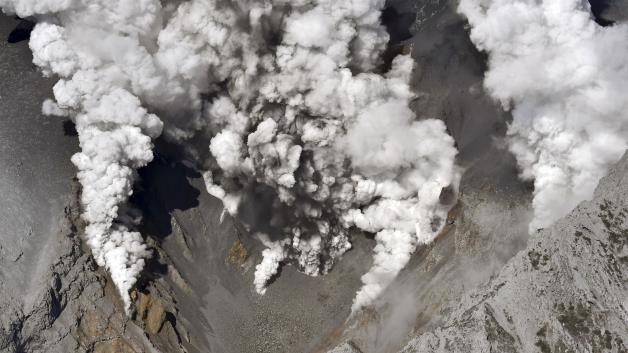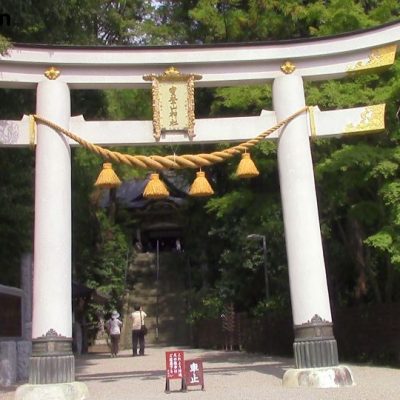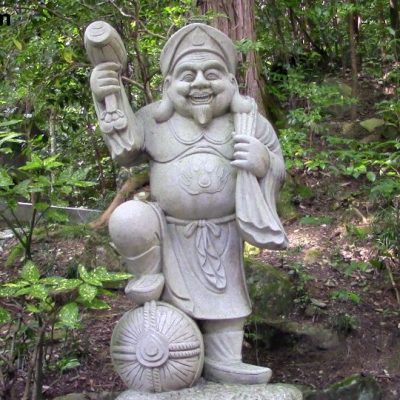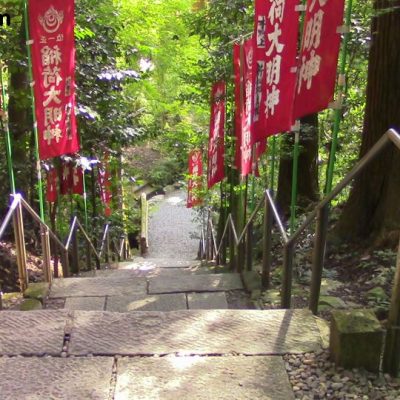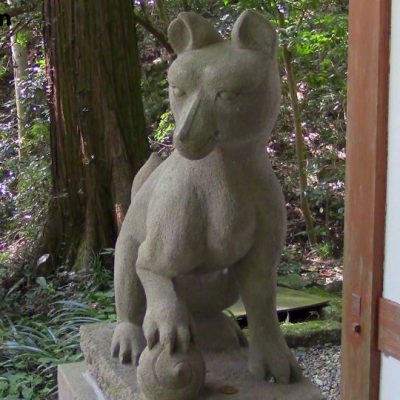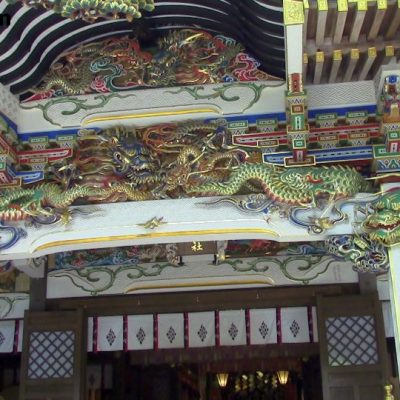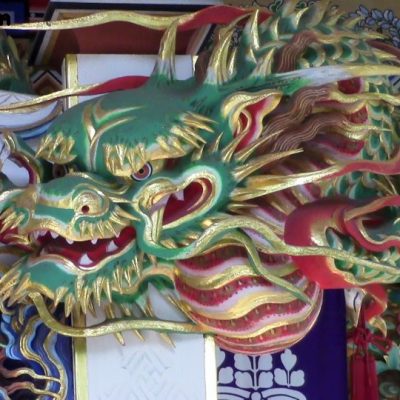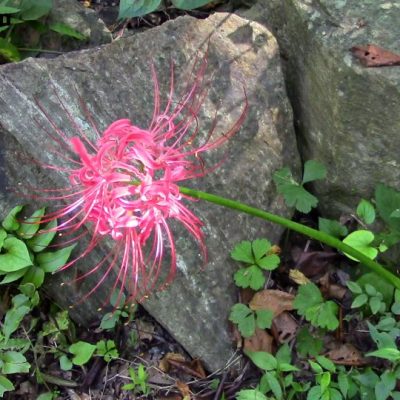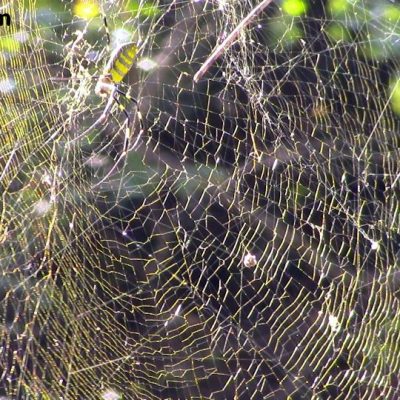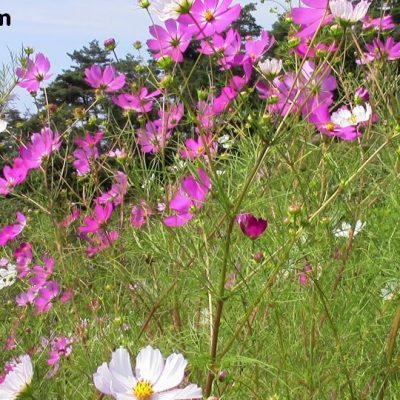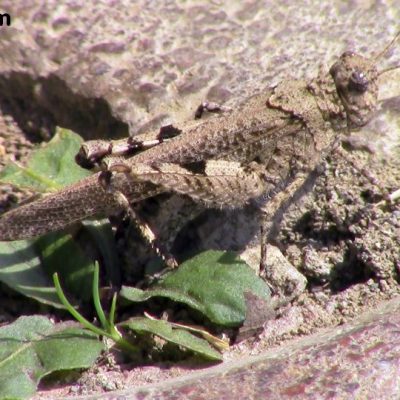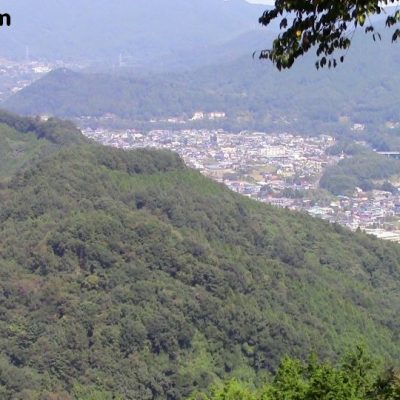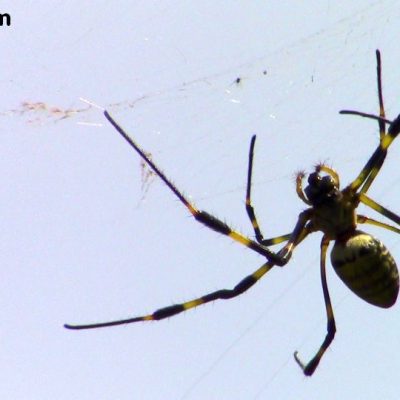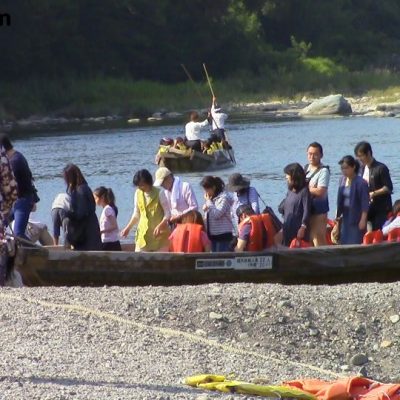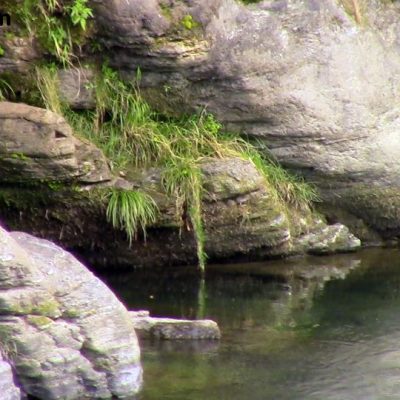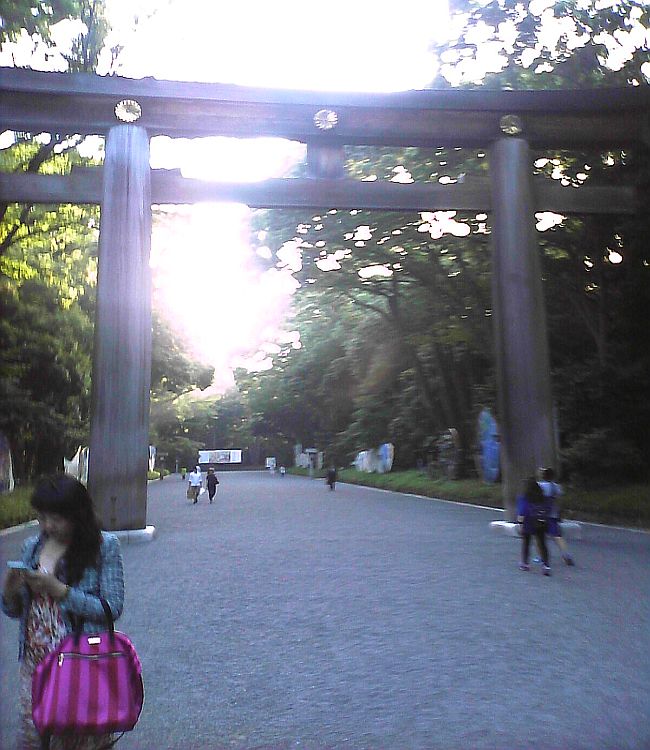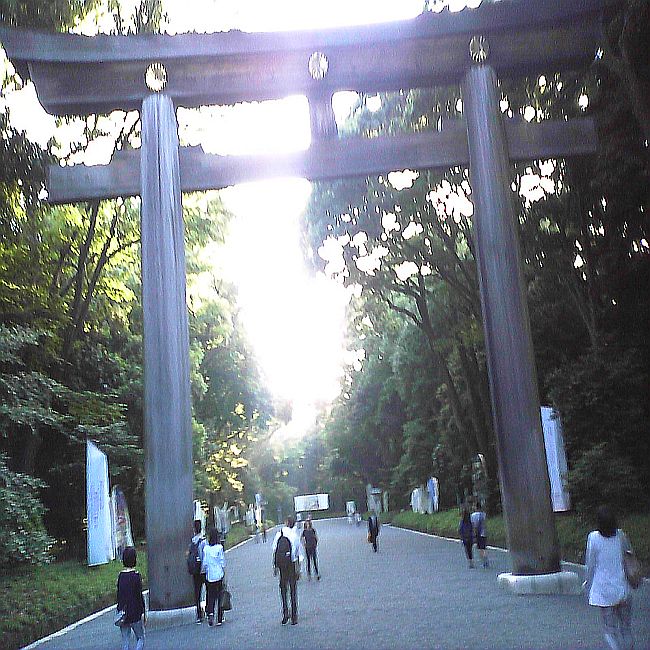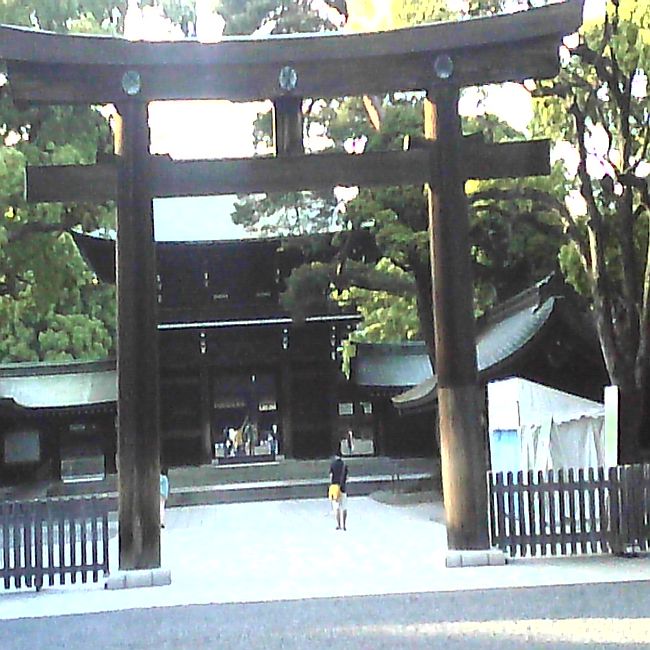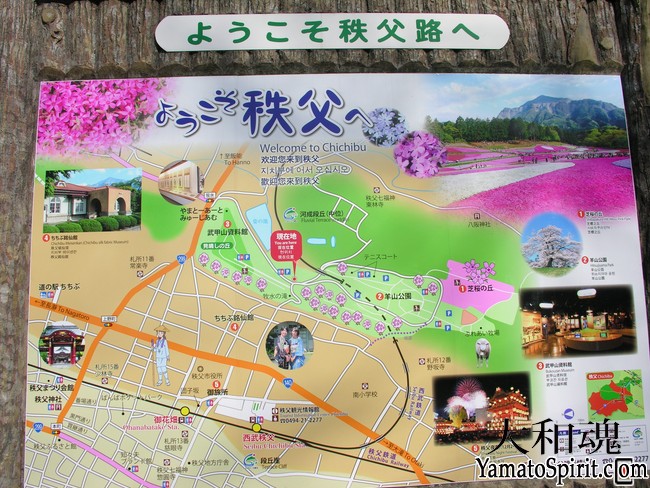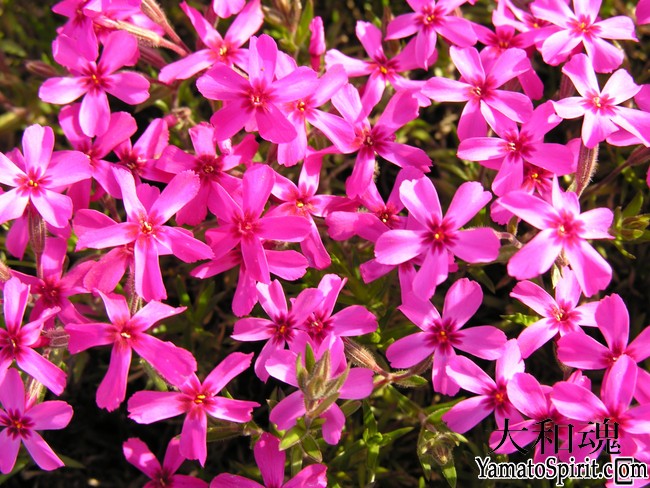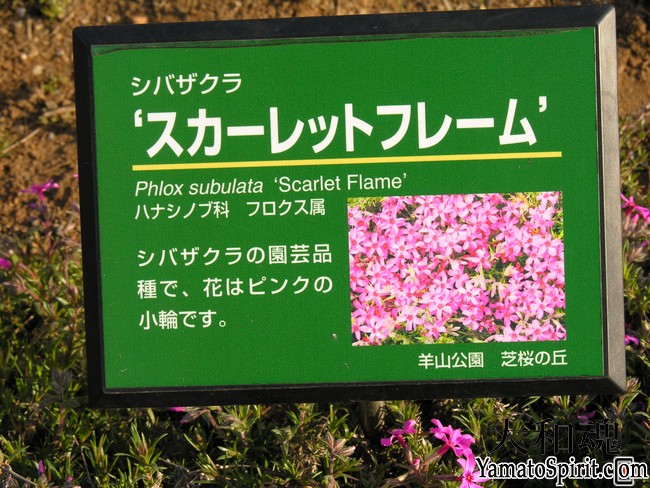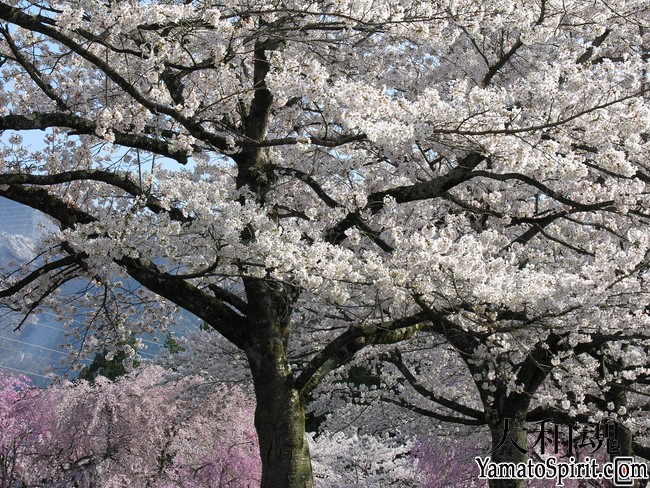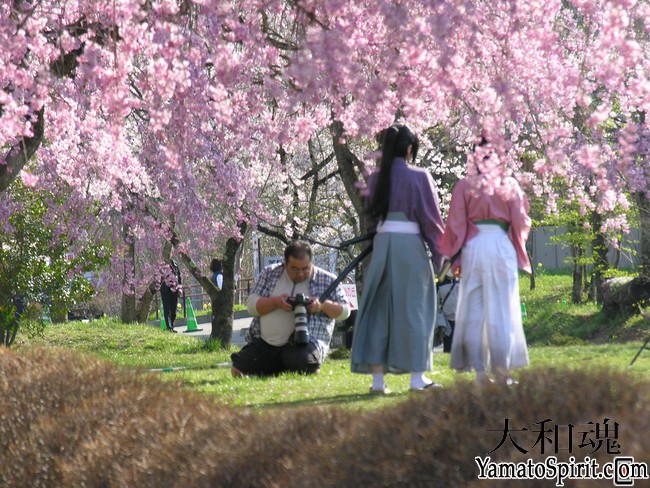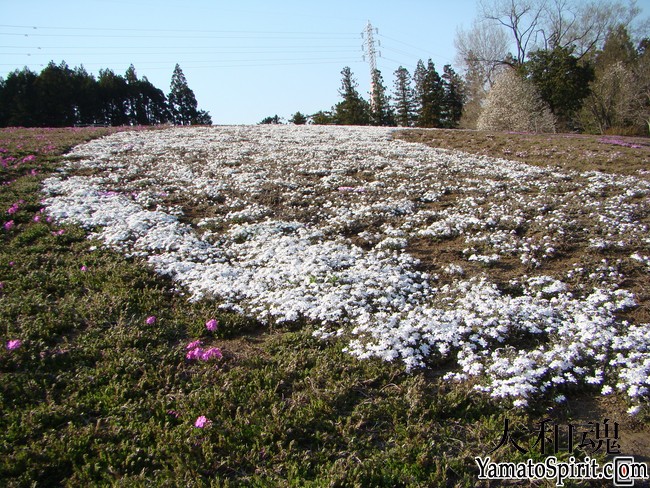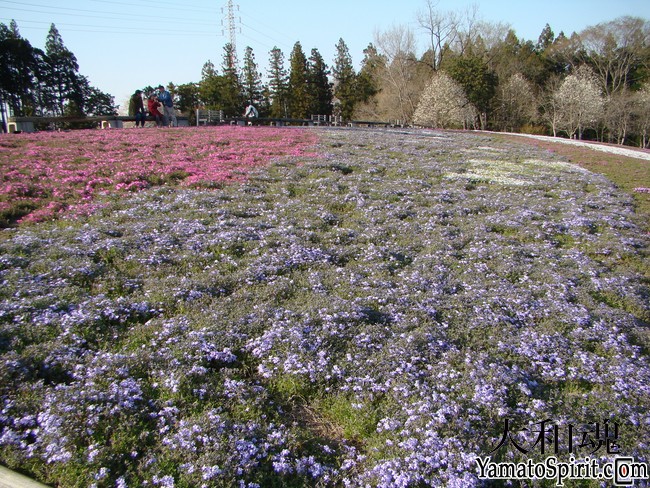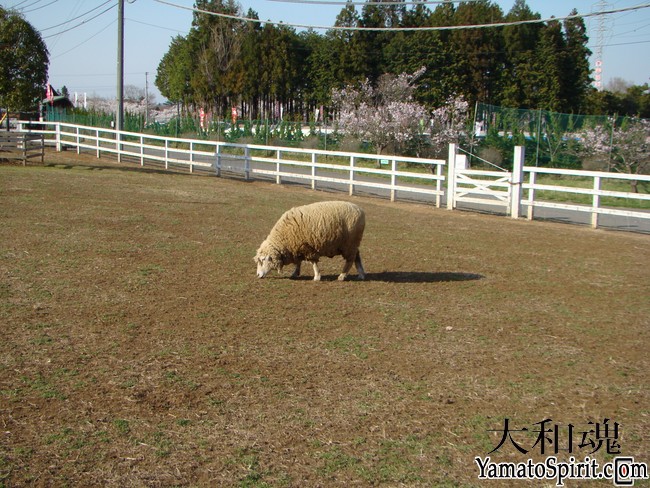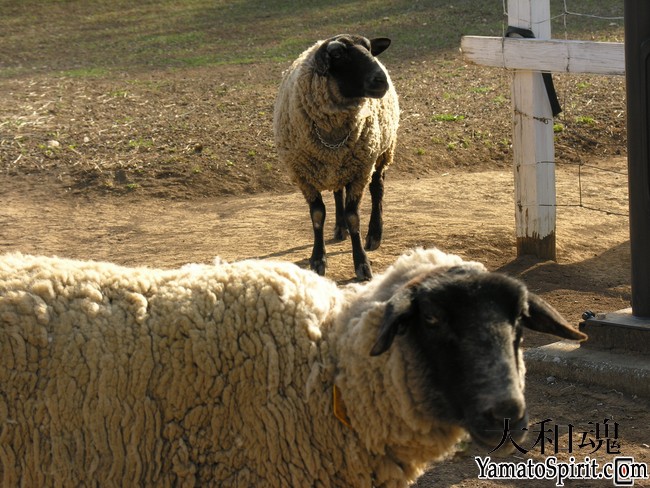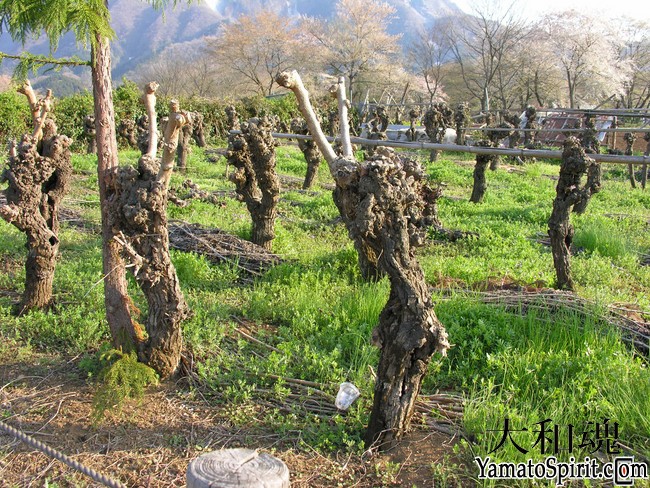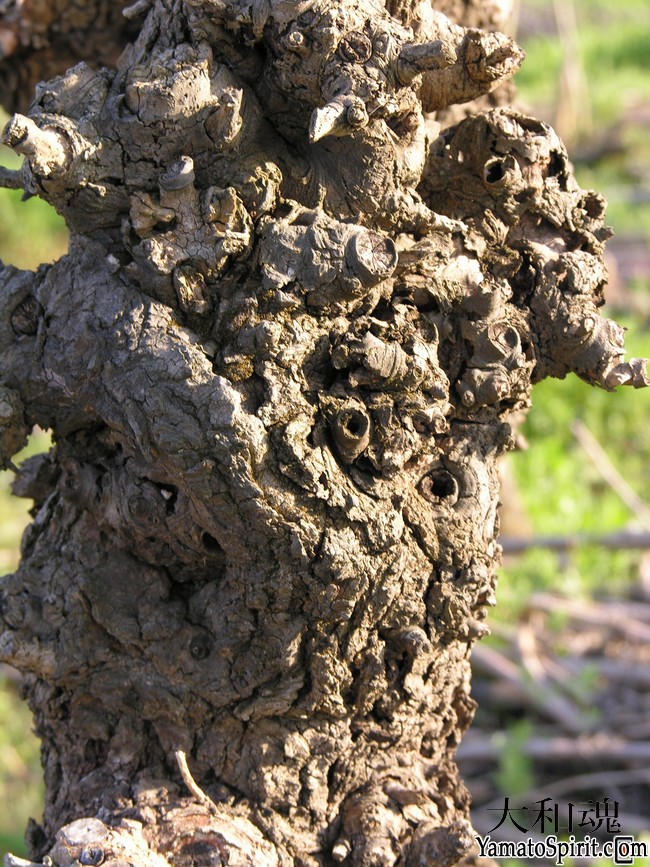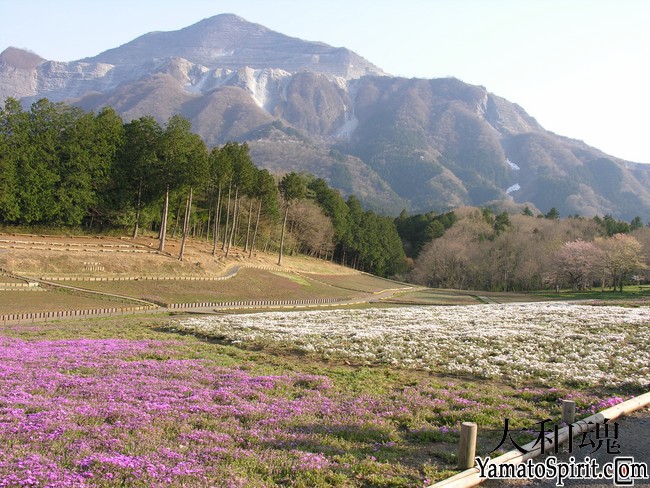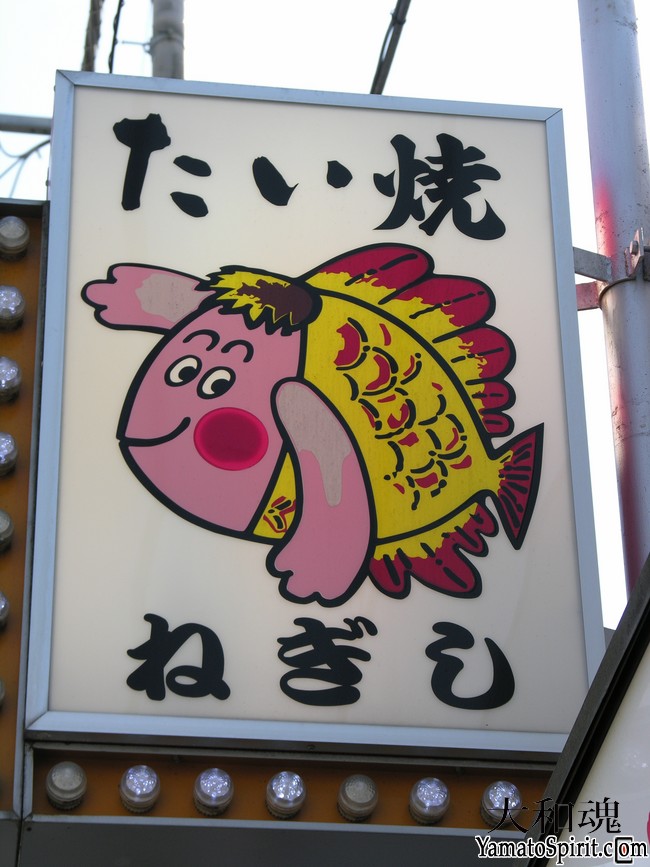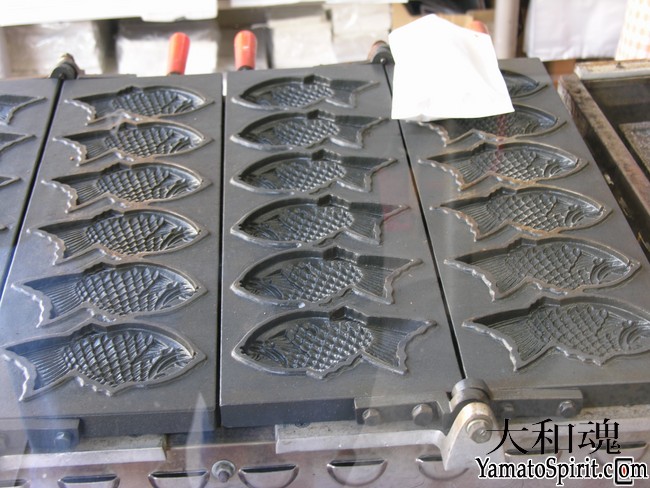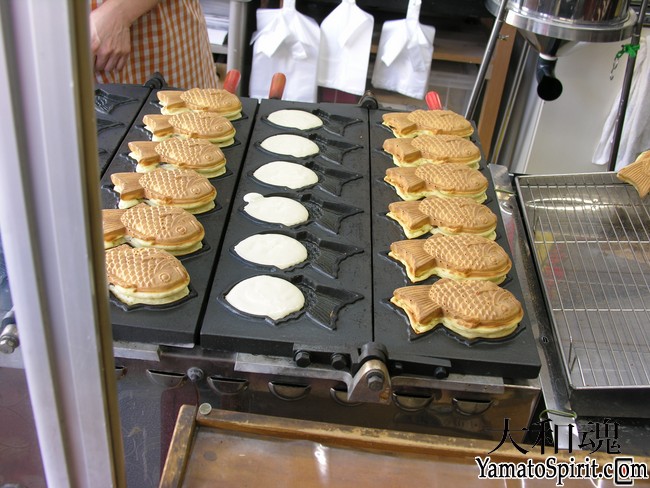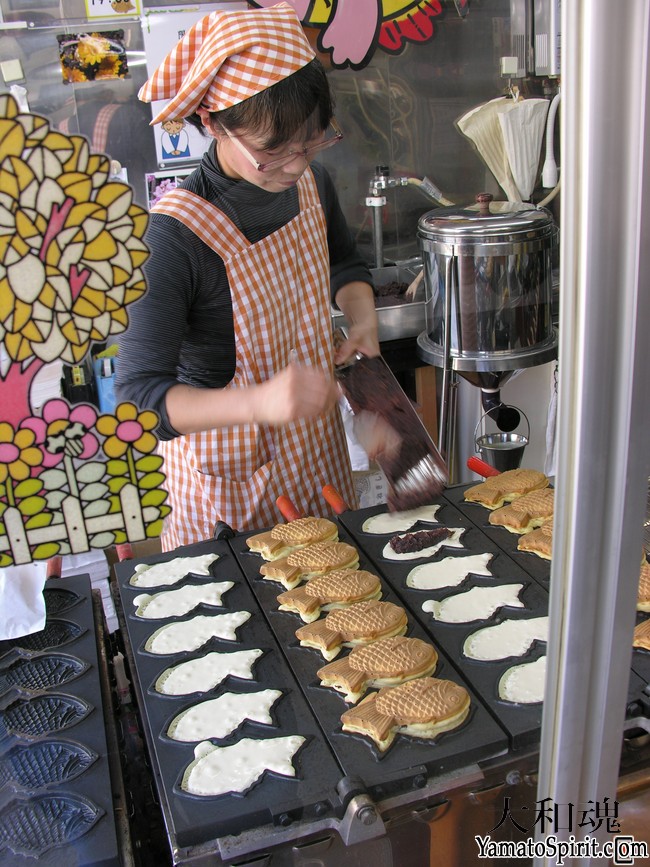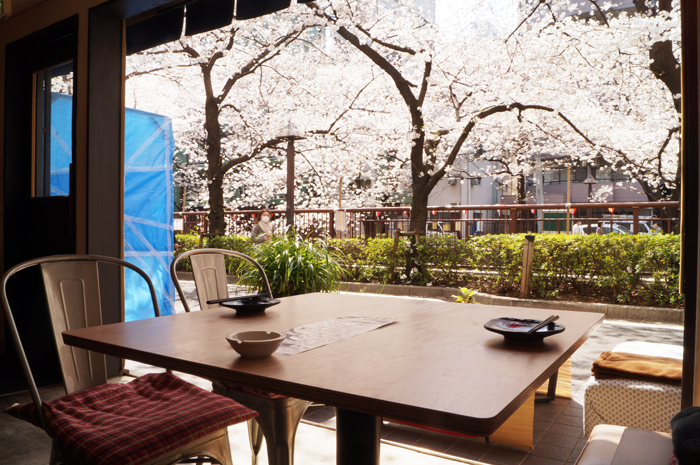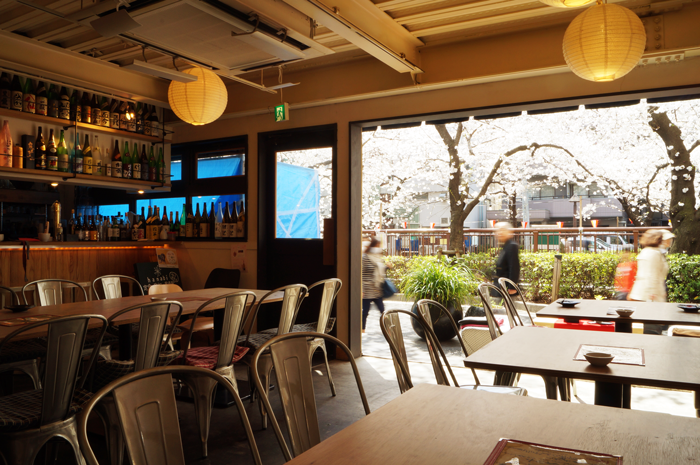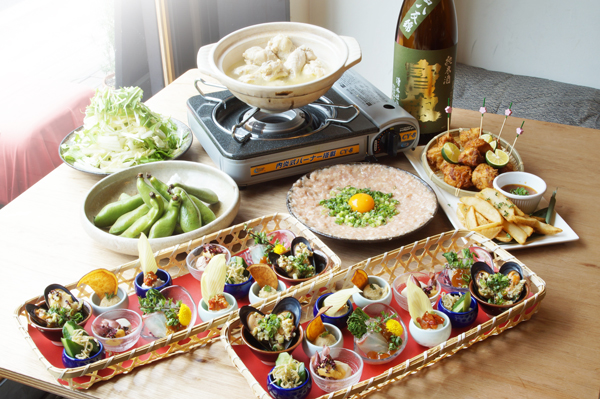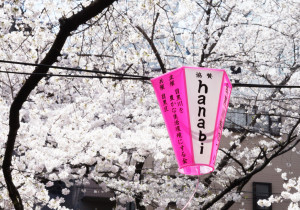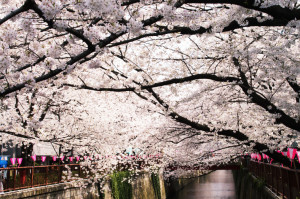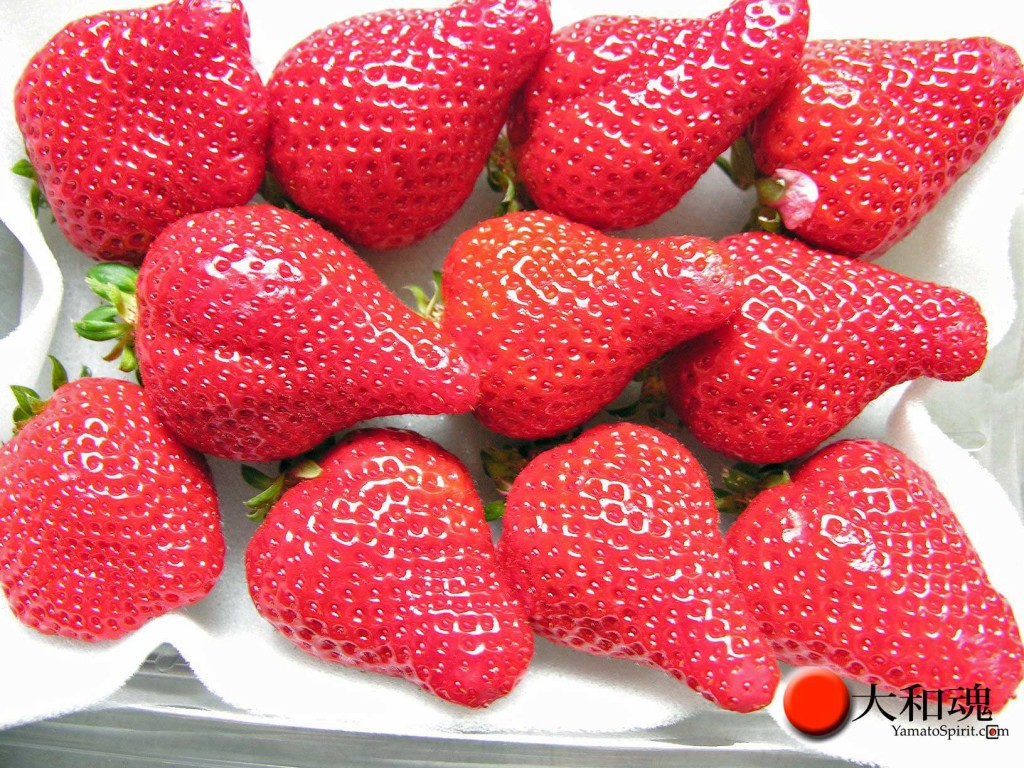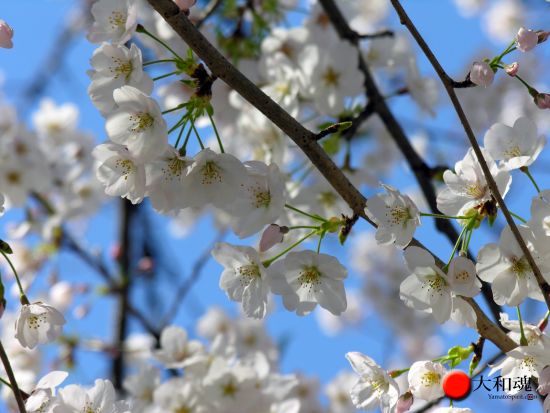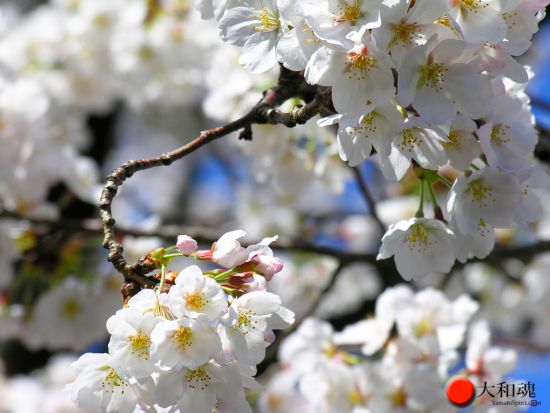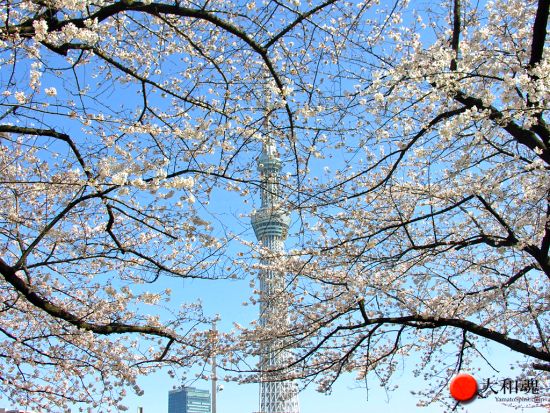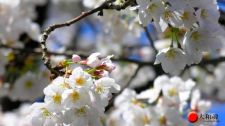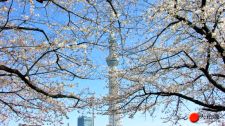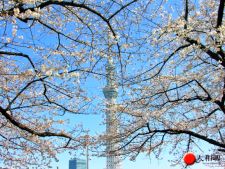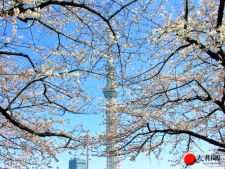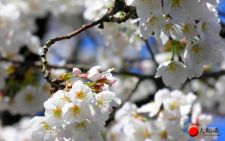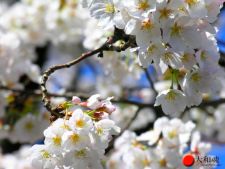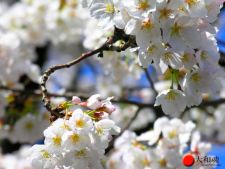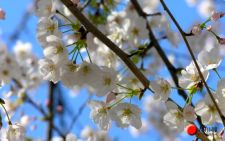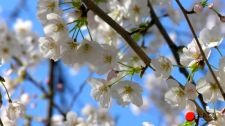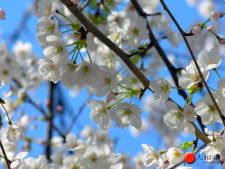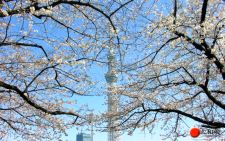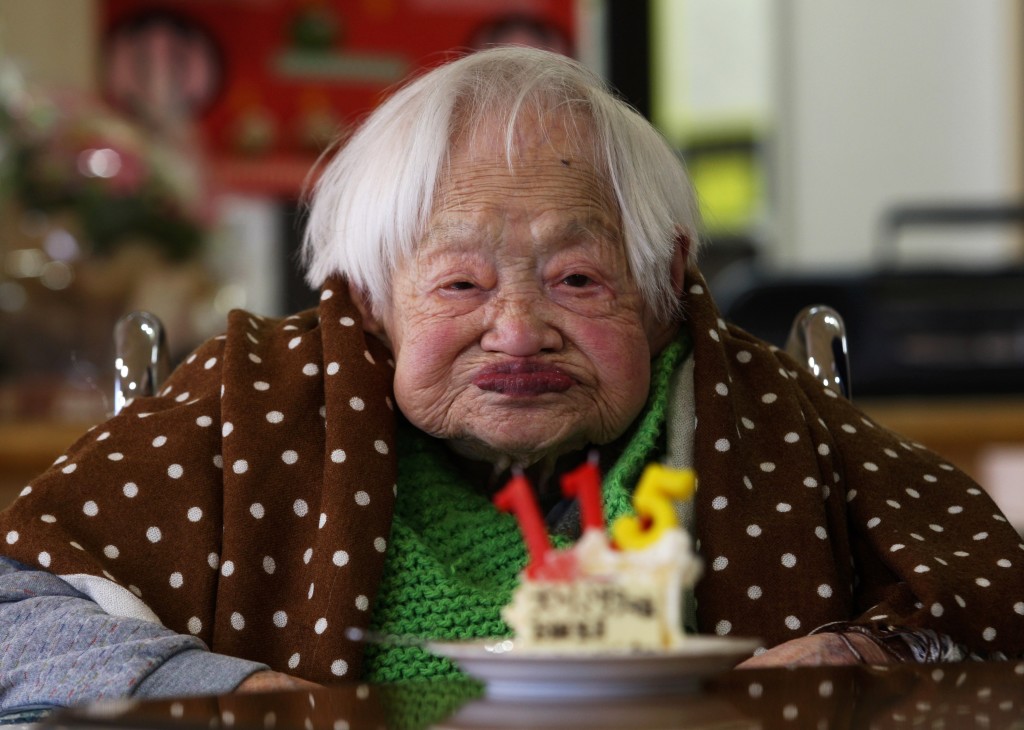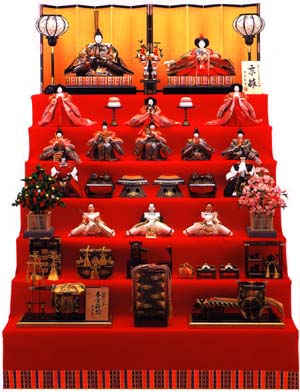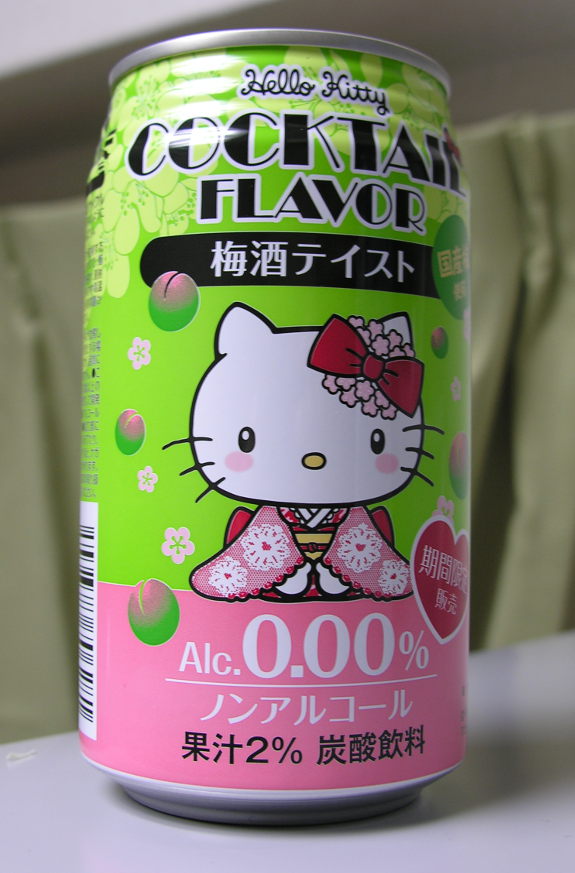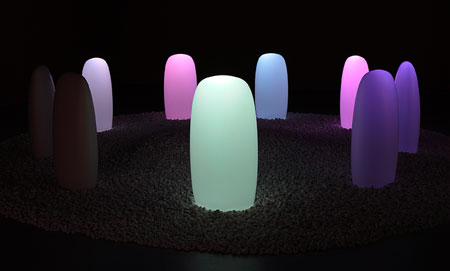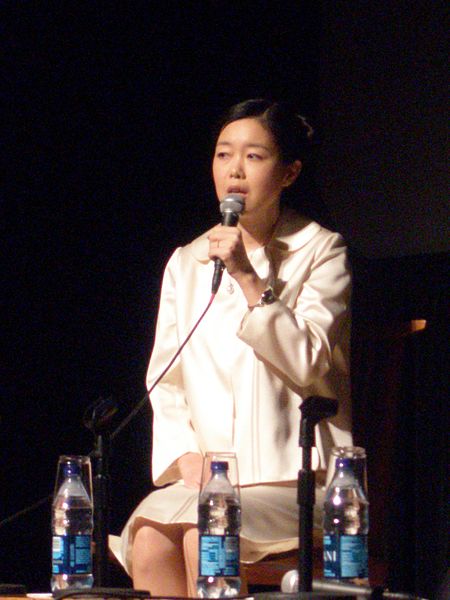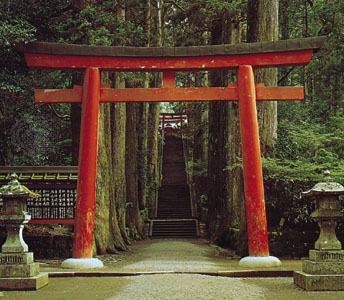
The role of Shinto in Japanese culture (Past, Present and Future)
Speaker: UMEDA Yoshimi – Director General, International Shinto Foundation, Japan
I am truly grateful to have been invited to this, the First International Sun & Tao Conference, held at the prestigious Korea University. I also feel greatly honoured to have been given the opportunity to make a keynote speech. I understand from the information on the present conference that its objectives may be summarized as follows: In the 21st Century, major advances in transport and communications have allowed circulation of information and human and material exchange to proceed on a global scale, and we are witnessing the globalization of our civilization. In spite of this, obstacles to mutual cultural understanding between East and West are still all too apparent. In order to eliminate these tangible and intangible barriers, an interdisciplinary approach to the indigenous cultures of East Asia is needed. Following this theme, I should like to describe the role of Shinto in the indigenous culture of Japan, and hope to share the understandings and criticisms of the participants here
I should like to begin with a brief account of Shinto. Shinto is Japan’s indigenous religion. It is an ethnic religion which has continued from ancient times in Japan to the present; it permeates all aspects of the life and culture of the Japanese people, and, moreover, it has the power to accept foreign culture and transform it into something Japanese. In origin it is a complex of ancient folk belief and rituals, a basically animistic religion that perceives the presence of deities or of the sacred in animals, in plants, and even in things which have no life, such as rocks and waterfalls. Its roots go back to the distant past. A large number of artifacts discovered at sites dating from the Jōmon period, said to have ended about 200 BCE, are thought to have had some magical significance.
In early Japan diverse local practices were observed, but these did not constitute a religious system; in the various regions there were groups of ritualists, abstainers and taboo experts, diviners and reciters of tradition. These centered on fertility rites and purification rites. Seasonal festivals observed in the various regions, ancestral cults and reverence towards supernatural forces were linked with legends of the creation of the Japanese islands and the descent of deities to populate them.
Shinto would thus appear to be a Japanese form of religious practice which enjoyed close ties with people’s everyday lives in the past, and continues to do so to the present day. Shinto has no founder, and no scripture corresponding to the Bible of Christianity or the Qur’an of Islam, and it does not have an organized or systematized religious community. Therefore it has even been said by some that Shinto is not a religion. Although shrines do have worshippers, known as ujiko, these are not the same as what is normally understood by “believers” or “church members”. Shinto has little theology or congregational worship. Its unifying concept and object of worship is expressed by the word kami or kamigami. In the modern period this term came to be translated into English as “god”, and therefore even now kami tends to be confused with the God of monotheism, which leads to misunderstandings.
The ancient beliefs were given the name “Shinto” only when faced with competition from the newly-imported Buddhist religion, which reached Japan in 538. That is, in order to distinguish traditional Japanese forms of belief from Buddhism, a word having connections with Chinese Taoism was sought and employed to convey the meaning “the way of kami” (“Shinto” is written with two Chinese characters: the first, shin, is used to write the native Japanese word kami, meaning “divinity” or “numinous entity”, and the second character, tō, is used to write the native word michi, meaning “way”).
The term “Shinto” first appears in the historical chronicle Nihon Shoki compiled in 720 CE, where it refers to religious observances, kami and shrines, but not until the 12th century was it used as it is today, to denote a body of religious doctrines.
Cultural imports from China flowed into ancient Japan on a huge scale, mostly via the Korean Peninsula, and it is not at all surprising that elements relating to Taoism were included among these.
Various Taoist elements can be seen in the shrines and temples of Japan, but a structure of Taoist temples or monasteries such as is seen in China did not take shape. In connection with the question of the position of Taoism in Japan, I should like here to introduce the definition of Kubo Noritada, a leading scholar of Taoism in Japan. According to this rather long definition, Taoism is “a religion of this-worldly benefits, whose chief aim is perpetual youth and longevity, which took the form of a religion after the Buddhist model in appearance and organization, centering on ancient ideas of the immortals and miscellaneous ancient popular beliefs, to which have been added the philosophy of the Taoist thinkers, the I Ching, yin-yang and five elements theory, together with theories of chen wei prophecy, medicine, and astrology, along with shamanistic beliefs”.
Such Taoistic elements interacted with Medieval Shinto and Buddhism to give rise to distinctive Japanese belief systems including shugendō mountain asceticism, feng shui divination and onmyōdō occultism.
Since then, for centuries, Shinto and other forms of belief developed in various ways. Shinto’s relation with Buddhism in particular was at one time such that kami and buddhas merged together as objects of faith with the establishment of Ryōbu Shintō (Dual Shinto), and throughout the country shrines and Buddhist temples coexisted. In the early modern period, there arose Restoration Shinto (Fukko Shintō), which saw the myths recorded in the Kojiki (712) and the Nihon Shoki (720) as being linked to historical events, and this was the background of those who exalted the emperor as a descendant of Amaterasu Ōmikami, the Heaven-illuminating Great Goddess.
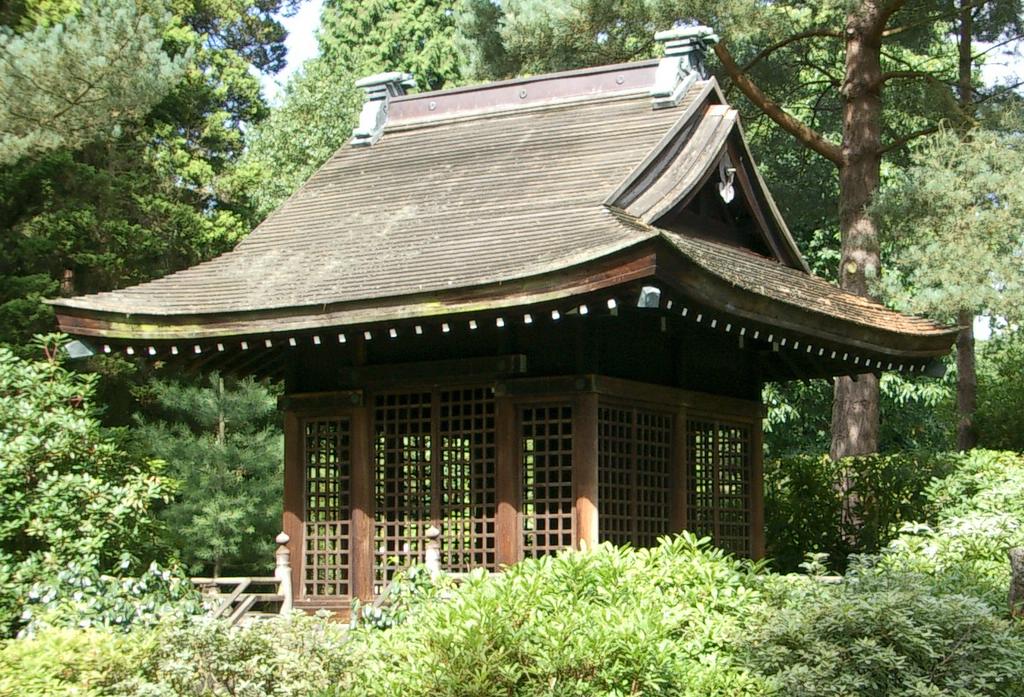
(2) The emergence of State Shinto and the establishment of overseas shrines
In the 19th century there came a crucial turning point in Shinto history. From the 1860s, when the feudal system that had developed over more than 200 years of national isolation was coming to an end, Japan embarked on a period of “enlightenment and progress” with the aim of modernizing the country. The rulers of Japan, observing in Europe and America a different civilization and different values from their own, thought it necessary that Japan should have a spiritual standard, and focused their attention on Shinto as the traditional faith of the nation, which deeply permeated the everyday life of the people. They began by separating shrines from Buddhist temples, and proceeded to regulate and integrate the shrines and put them under state control. This was the birth of “State Shinto”.
It should be noted that the designation “State Shinto” did not exist from the beginning. Following Japan’s defeat in World War II in 1945, when the General Headquarters of the Supreme Command for Allied Powers (GHQ), led by the U.S. Army General Douglas MacArthur, began to govern Japan, among the various policies adopted and implemented by the occupation, a “Shinto Directive” was promulgated, which ordered the removal of shrines from state involvement, and this directive used the name “State Shinto” to refer to Shinto. Originally, the official ceremonial of the nation had been devised on the basis of the Shinto tradition of worship of the Imperial ancestor, and this gave to the Meiji Restoration of 1868 the superficial appearance of a return to the Age of the Gods. Thus, Shinto came to be defined not as a religion, but as patriotic ritual incumbent on all Japanese people.
During the same period, religions such as Tenrikyō, Konkokyō and Kurozumikyō, which emerged from a number of popular religious movements, spread widely throughout the country, and secured permission to conduct missionary activities. One of these, Oomoto, which preached a message of world renewal, became known not only in Japan but also overseas, and was severely persecuted by the then Japanese government for its unique activities which were regarded as antagonistic to the state and treasonous against the Emperor.
Under the slogan, fukoku kyōhei (“enrich the country, strengthen the military”), Meiji Japan began overseas expansion. Emigration to North and South America and to Hawaii began, and many Japanese took up residence in China, Korea and the countries of Southeast Asia. Accompanying this movement of people, shrines both large and small were built in various places. It is said that these kaigai jinja or “overseas shrines” reached as many as 600 in number. During the period between about 1915 and 1945, it was said that “wherever there are Japanese people, there is a Shinto shrine”. Many of these shrines were built as a spiritual support for the Japanese immigrants, but others were specially created as a tool of government for the purpose of instilling the concept of colonial rule and Japanese statehood. The “Chōsen Jingū” and “Fuyo Jingū” in Korea are examples of these.
In 1945, following Japan’s defeat in World War II, “State Shinto” was disestablished, and under the new Religious Corporations Law, Shinto was divided into “Shrine Shinto” and “Denominational Shinto”. At the present time, there are in Japan about 100,000 Shinto shrines, of which over 80,000 belong to the Jinja Honchō or “Association of Shinto Shrines”. Many of the Denominational Shinto organizations revived their activities, and in addition hundreds of new religious movements sprang up throughout the country, basing themselves on the fundamental teachings and practices of Shinto and Buddhism.
As a Japanese, I am ashamed that actions that are not any part of original Shinto were carried out in neighboring countries in the name of Shinto by State Shinto, a creation of state policy, in the 80 years of its existence.
(3) The role of religion in the everyday life of the Japanese people
I should now like to turn to the Japanese people’s ways of thinking about and relating to religion. If you ask a Japanese person, “What is your religion?” you will likely not get an immediate answer. This has led people to say that the Japanese are non-religious, but actually it is because in Japan all religions coexist. As I mentioned earlier, Shinto is an ethnic Japanese faith which has continued from ancient times to the present, but during this time, in the 3rd and 4th centuries of the Common Era, Confucianism and Taoism came to Japan and began to adapt themselves to the life of the people. Next, in the 6th century Buddhism arrived, and in order to distinguish the traditional faith of Japan from these, the word Shinto came into being. Christianity reached the shores of Japan in the 16th century.
The Christian missionaries were surprised to see Japanese people worshipping at both Shinto shrines and Buddhist temples. One missionary wrote in a report which he sent back to his home country that “In Japan there are two religions, Shinto and Buddhism. These have mutually influenced each other over many years, and blended in with the life of the people. The Japanese worship idols that they call hotoke (Buddha), and revere an invisible presence that they call kami. They feel nothing strange in visiting Buddhist temples and Shinto shrines.” Feeling Buddha and kami to be the same and worshipping them alike was something that followers of monotheistic Christianity could not understand.
This peculiar Japanese religious coexistence was made possible by its basis in Shinto with its worship of myriads of kami. Originally Shinto had a tolerance and a respect for the marebito or “visitor” deity, and a nature which permitted acculturation through contact with foreign cultures. To use the metaphor of the human body, the Japanese were able to ingest and absorb nutrition from new foods based on ingredients from abroad as well as foods traditionally produced by the Japanese themselves.
In Japan, matters relating to religious organizations are dealt with by the Agency for Cultural Affairs, which every year publishes statistics relating to Japanese religions in the Religion Yearbook. According to this, the total number of incorporated religious institutions is 182,985, of which 84,996, or 46.4%, are Shinto, 42.9% are Buddhist, 8.4% are “others” and 2.3% are Christian. The total number of believers or members of all these institutions is 213,826,700, of whom 50.3% belong to Shinto organizations, 44.0% to Buddhist, 4.7% to “others” and 1.0% to Christian organizations. As you will no doubt have noticed, although the recent population of Japan is a little over 120 million, the total number of believers of religious organizations registered with the Agency for Cultural Affairs is over 213 million, in other words the religious population is nearly twice the actual population of Japan. How can such a situation come about? The reason is that a single Japanese person can be registered with more than one religious organization. As well as being an ujiko or Shinto shrine parishioner, he or she may also be a danka or parishioner of a Buddhist temple and even a member of a new religion at the same time without causing any surprise. Although it seems that such multiple membership is not allowed in the Christian groups, Shinto shrines and Buddhist temples raise no objections to double or even triple affiliation. The reason why the question “what is your religion?” does not elicit the immediate reply “my religion is this” is to be found in these circumstances. I am curious as to the situation in the case of Korea or China.
In any case, as is shown by the statistics in the Religion Yearbook, the Shinto religions have the greatest influence on the religious life of the Japanese people.
I should now like, using PowerPoint, to present some of the various events in “Life Cycle of Japanese People with Rituals and Ceremonies”. [Slides]
What can Shinto contribute to a World Culture of Peace?
I should like to conclude today’s talk with a consideration of the significance of Shinto in the modern age and its prospects for the future.
The eminent American environmentalist and author of The Dream of the Earth and The Universe Story Dr. Thomas Berry sent the following message to the International Shinto Foundation’s workshop on “Shinto and the Environment” held in New York in 1997:
The universal lesson of Shinto is that the way to the world of the sacred is through the place of our dwelling. The primary virtue of Shinto is its utter simplicity, its immediacy with the natural world in its primordial reality and its enduring value. The Japanese heritage now finds a resonance throughout the Earth. Through a renewed communion with these powers under the inspiration of the Shinto tradition the larger human community might attain that increase in the energy, the guidance and the healing that are among its present needs.
The Shinto faith can be defined as “polytheistic”. As mentioned above it is somewhat misleading to translate the term kami as “God” or “gods”, which invites confusion with the idea of the monotheistic creator God. We recommend use of the word kami as it is, translating it as “deity” or “deities” when explanation is needed.
Shinto is not pantheism, since, although all things of this world are recognized as having a spiritual nature, not all of them are worshipped as kami. Those which are singled out for worship as kami include only those demonstrating superlative divine attributes of wisdom or strength, surpassing the capacity of humans. Shinto recognizes no absolute or omniscient and omnipotent god, but worships yao-yorozu-no-kami (ever-increasing myriads of deities), each one receiving the worship due to its own unique divine attributes.
The word “nature” can be considered to have two meanings: one is evident in such expressions as “the world of nature”, while the other can be expressed as “the essential quality making up the character of every existence”. It goes without saying that when the word “nature” is used in the context of environmental issues, it is the former sense, namely the “world of nature”, which is intended. But it must be kept in mind that this concept itself is very recent to Japan, the result of Western ideas which Japanese first encountered in the mid-nineteenth century. Until that time, the only sense given to the word “nature” was the second of these two meanings, namely the “essential character” of any existence. When earlier Japanese wanted to speak of the natural world, they instead used specific expressions such as “heaven and earth”, or “all things”, or again “mountains, rivers, grasses and trees”.
The wish of Shinto, Japan’s national faith tradition, passed down since the days of our ancient ancestors, has been to live with nature, to make our mind the mind of our ancestors, and to live in peace with other people. The Japanese people have long believed that we find peace of mind by living in harmony with nature, that we find spiritual support by revering the traditions passed down since ancestral days, and that we can find a better way of life by respecting the bonds linking one person to another.
The world has undergone far-reaching development as a result of modern scientific advances, and that progress continues unabated around the world. That same development, however, simultaneously signals an advancing crisis brought on by the continuing destruction of the world’s natural environment. We must respond urgently to this global crisis by first reviewing the relationship between nature and humankind, bringing the accumulated store of human knowledge to bear on the issue of how we can stop our continuing march toward ruin.
Originally, the Japanese people’s view of nature was one of awe and respect, revering mountains, forests, rivers and seas as the realm of the kami. That attitude was no doubt in part the result of Japan’s verdant environment, blessed with surrounding seas, a relatively temperate climate, and four clear seasons, but in any case, the Japanese viewed nature not as an adversary to be subdued, but rather as a sacred space overflowing with the blessings of the kami, and towards which they were to act with restraint. Recently, more and more scholars have come to consider Japan’s culture historically, expressing its various aspects in such terms as “culture of the forest”, “culture of the sea”, or “culture of farming”, but it should be noted that at the root of them all is the Japanese belief in kami.
Responses to issues of environmental conservation occasionally show a tendency to become excessively divided into specialties and sub-specialties. In that sense, the all-encompassing nature of Shinto, namely its polytheistic recognition of relativistic values, may express the ability to comprehensively harmonize and reconcile the insights and abilities of diverse people around the world. That is the kind of role I would like to see Shinto play in this issue. And the time for such a commonality of purpose, one surpassing the narrow interests of individual religions, is the present. Let us work urgently for the growth of just such a movement to protect our Earth, and pass on an even better environment to our children.
We are deeply concerned about the widening gap between rich and poor, between the haves and the have-nots, throughout the world. We are also alarmed at the crisis threatening the true value of religion arising from persistent discord among religious organizations. In accordance with the declaration of the year 2009 as the United Nations “International Year of Reconciliation”, we at the International Shinto Foundation, believing in the necessity of open dialogue between the peoples of the world, wish together with others to consider ways of enabling this reconciliation.
Next, to make our planet sustainable in the coming new age, we would like to propose to those linked by the East Asian teachings of Sun and Tao a shift in our principles of behaviour from those of “shallow ecology” to those of “deep ecology”. Shallow ecology means overcoming nature and modifying the natural environment for the convenience of human beings. This concept sees nature from the viewpoint of monotheism. By contrast, deep ecology treats human beings as part of nature, and regards nature as humanity’s companion, as its own flesh and blood. This is the East Asian philosophy of Sun and Tao, that is, the way of thinking of indigenous popular religion or faith.
Shinto is an authentic Japanese ethnic religion which is likely to be regarded as being acceptable only to Japanese people, but at the same time it is fully endowed with universal factors which can be readily accepted and adopted on a worldwide level. What however remains consistent across all religions of the world is that their universality should increasingly begin to address the major issues we all face as we have moved into a new millennium. These many issues include the continuing occurrence of inter-religious conflicts and wars, worries over our changing ecology, the relationship between scientific technology and ourselves, and questions over what role and form communities and politics should take. It is the answers to these questions that form the major challenges to religious thought today.
When we look at the religious movements in the world today we find two distinctly different phenomena. On the one hand we see many disputes and troubles among the many religions and sects. On the other hand, however, we see people actively and genuinely trying to pave a new path of understanding, cooperation and mutual enlightenment by means of their different religions. And these groups of people are becoming more and more numerous, which is indeed very encouraging for all of us. The spirit of harmony contained within Shinto will, I believe, be of much value in this regard.
To learn more about Shinto, the original “nature religion” of Japan, please continue here.
